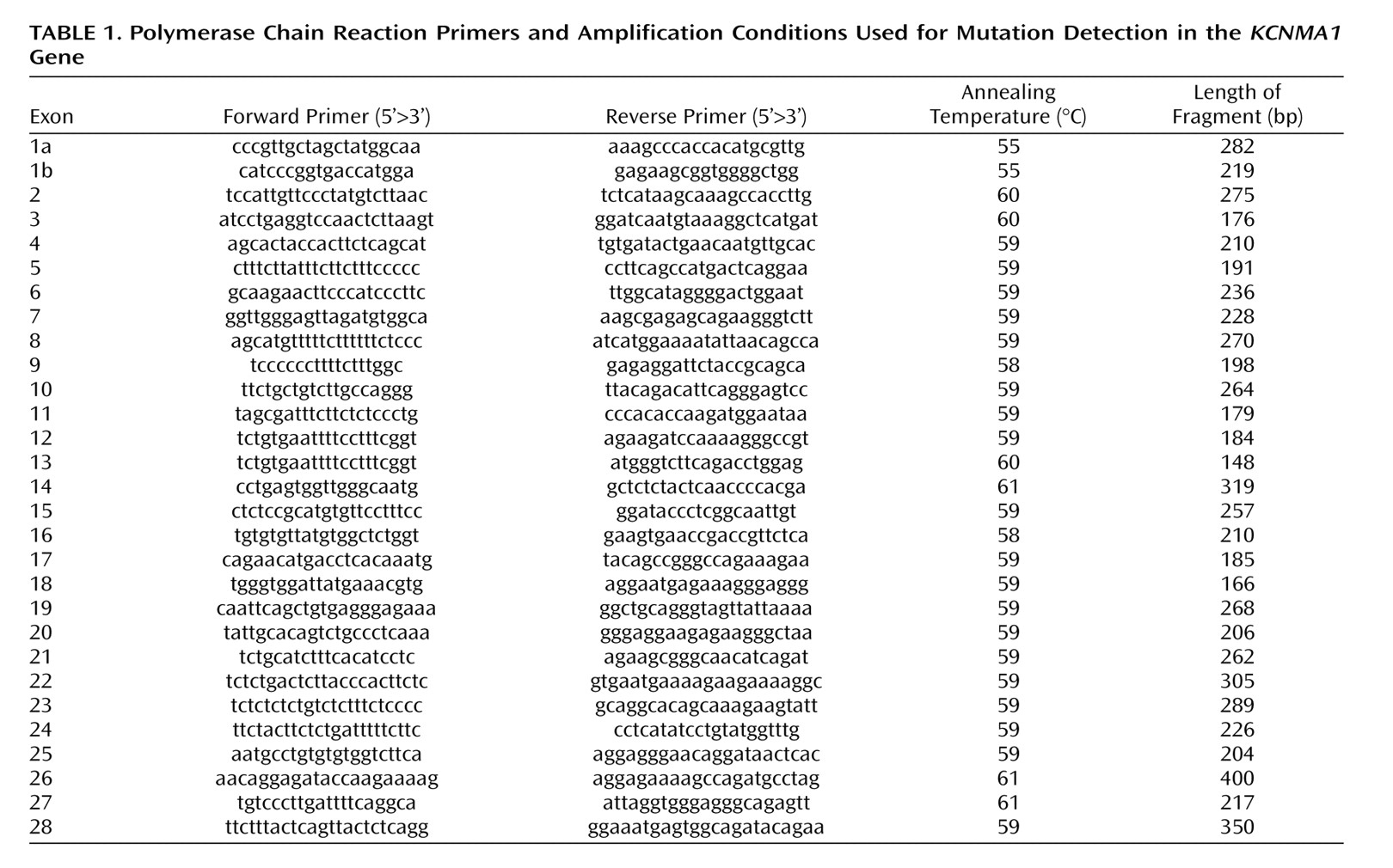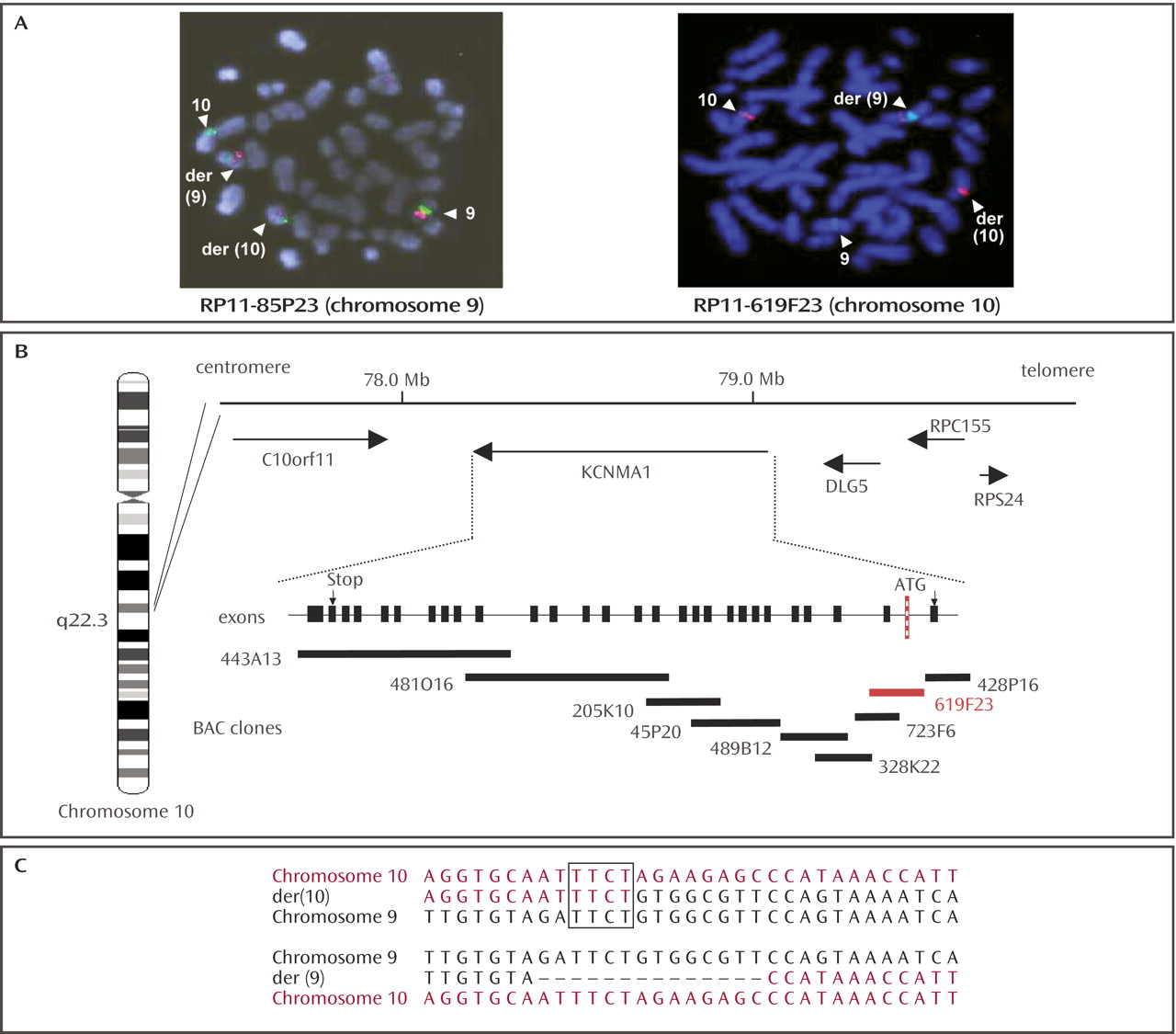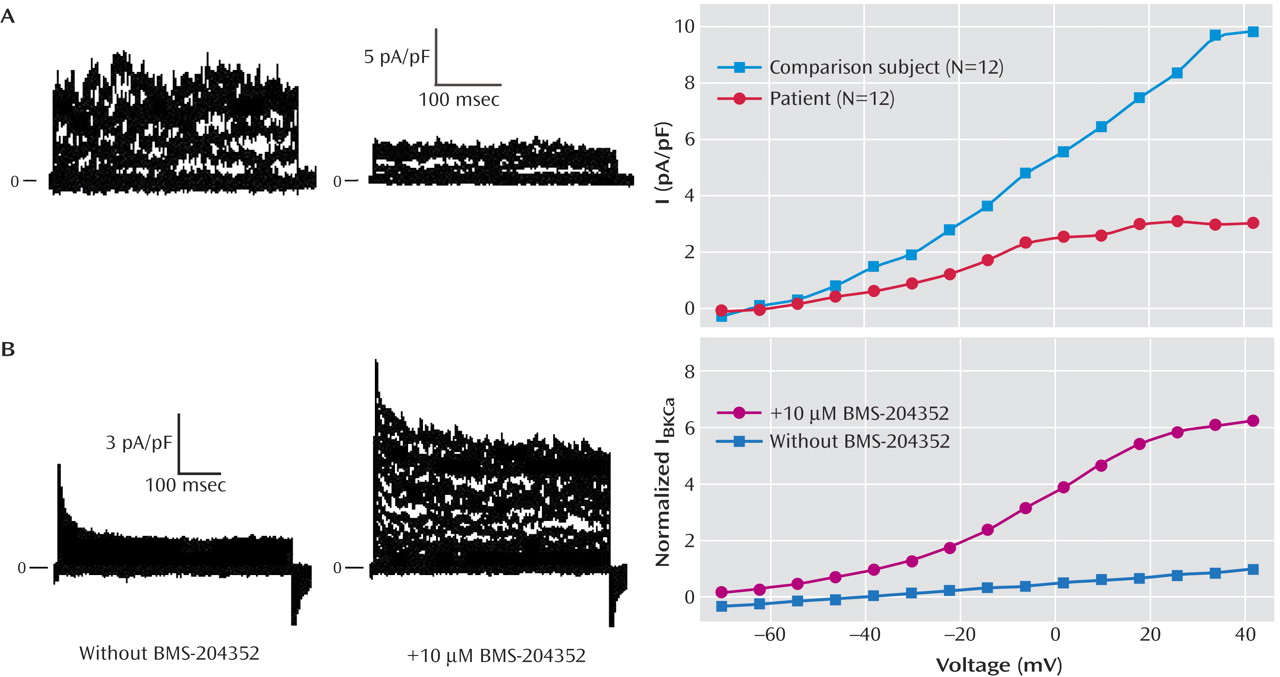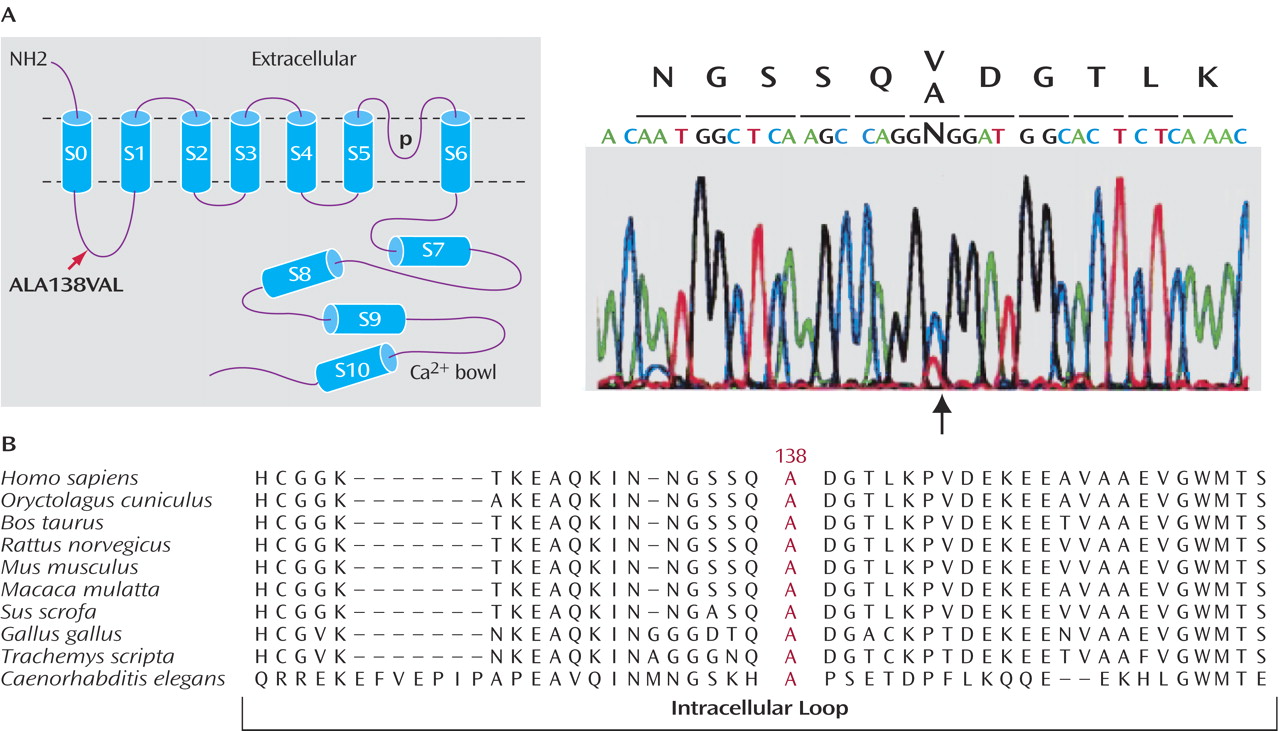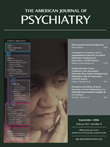Autism (MIM 209850) is a neurodevelopmental disorder beginning before the age of 3 that is characterized by impaired reciprocal social interaction and communication as well as restricted and stereotyped patterns of interests and activities. The prevalence of autism is estimated to be at least 10 per 10,000, with a male to female ratio of approximately 4:1
(1) . In the majority of cases, the cause of autism is unknown, but many studies, including correlation in twins and association of autism with Mendelian diseases, support a genetic etiology for this condition
(2,
3) . Autistic disorder appears to be clinically and genetically heterogeneous, suggesting that multiple loci are involved
(4) . It is therefore suggested that numerous chromosomal loci contribute to the genetic susceptibility to the disorder, since the identification of chromosomal abnormalities in autistic individuals and data from large-scale linkage studies suggest a linkage to several different chromosomal regions
(2,
5) . Recently, mutations in the
NLGN3 and
NLGN4 genes have been associated with autism, Asperger syndrome, and X-linked mental retardation
(6,
7), which suggests, in these cases, that autistic spectrum disorders follow a recessive Mendelian mode of transmission.
The incidence of chromosomal aberrations in the population of patients with autism is much higher than would be expected relative to low incidence in the healthy population, suggesting that there is a causal relationship between the occurrence of autistic disorder and the chromosomal anomaly.
In this study, we describe a complete molecular genetic and functional analysis of an autistic disorder patient with a de novo balanced 9q23/10q22 translocation. We show that the disruption of the KCNMA1 gene leads to a haploinsufficiency and a decreased activity of the KCNMA1 (or BK Ca ) protein. We then demonstrate that the action of a BK Ca channel opener is able to enhance a BK Ca current. These findings support the hypothesis that autism is associated with defects in neuronal circuitry and excitability.
Discussion
There have been a number of reports in the literature of chromosome aberrations in autism covering a broad spectrum of anomalies, including terminal and interstitial deletions, balanced and unbalanced translocations, and inversions
(2,
5) . However, particularly in the case of balanced translocations, none of these studies provide evidence of a functional defect associated with autism. In this study, we have presented arguments suggesting that the
KCNMA1 gene is a strong candidate for autism and mental retardation.
Indeed, the KCNMA1 gene was physically disrupted on chromosome 10 by a balanced reciprocal translocation in a patient with autistic disorder and severe mental deficiency. The physical separation of the KCNMA1 gene promoter of the first exon from the remainder of the gene leads to a nonfunctional KCNMA1 allele (as shown in semiquantitative reverse transcription-polymerase chain reaction experiments). Although we found an associated 14 bp deletion at the breakpoints located in large noncoding regions, it is unlikely to have an effect on the decreased expression of the KCNMA1 transcript.
The 10q22 region has previously been suspected of being involved in autism and language disorders, with weak possible linkage to D10S201
(14) and D10S2327
(15), located at 1.5 Mb and 1 Mb telomeric from
KCNMA1, respectively. The mapping of an autism susceptibility locus and a gene physically disrupted in the same chromosome region in an autistic patient suggest that this gene may be involved in this condition.
Large conductance calcium-activated potassium channels (BK Ca channels) are ubiquitously distributed among tissues, except in cardiac myocytes, and activated by membrane depolarization and increases of intracellular calcium concentration. They play a key role in the control of neuronal excitability, hormone secretion, and smooth muscle tone. Therefore, BK Ca channels are considered to be molecular integrators of biochemical and electrical signals.
The
KCNMA1 gene is expressed abundantly in various human brain structures (e.g., amygdala, caudate nucleus, cerebral cortex, hippocampus, hypothalamus, spinal cord)
(12) as well as in the cochlea
(16) . In the vertebrate brain, the BK
Ca channels are mainly located in the glutamatergic presynaptic active zone and might regulate synaptic transmission and transmitter release
(17) . BK
Ca channels are known to associate with β-subunit through the
N -terminus, leading to specific regulation of channel function
(18) . BK
Ca channels have also been shown to associate with other proteins through the intracellular C-terminus region. In the brain, β2 adrenergic receptors form a macromolecular complex with BK
Ca, specifically to regulate channel activity
(19) . Other yeast two-hybrid screens have shown an interaction between BK
Ca and 1) the light chain of the microtubule-associated protein 1A (MAP1A) which, with microtubules, is an important determinant of neuronal and nonneuronal cellular morphology
(20) ; 2) β-catenin, which is involved in synapse organization and mediating cell adhesion (β-catenin associates with the synaptic protein Lin7/Velis/MALS, whose interaction partner, Lin2/CASK, also binds voltage-gated Ca
2+ channels; thus, β-catenin could provide a physical link between Ca
2+ and BK
Ca channels at the presynaptic active zone)
(21) ; and 3) syntaxin 1A, which is a soluble
N -ethylmaleimide sensitive fusion attachment receptor protein required for the regulation of the activity and/or distribution of synaptic proteins within specialized cellular compartments
(22) .
Mutations in the homologous
D. melanogaster and
C. elegans of the
KCNMA1 gene (Slowpoke and Slo-1, respectively) have been shown to cause both electrophysiological defects and multiple behavioral abnormalities
(23,
24) . The recent report
(25) on mice lacking BK
Ca channels (-/-) showed that they presented cerebellar dysfunction and a dramatic reduction in the activity of the cerebellar Purkinje neurons. These data are very interesting, since many neuropathological observations on autistic individuals have revealed specific alterations of the Purkinje cells
(26) .
Therefore, the finding in our study of a breakpoint in the
KCNMA1 gene in the autistic patient with a
de novo translocation, together with the predominant expression of
KCNMA1 in the brain and during development, its chromosomal localization in a locus previously implicated in autism, and the finding of a sequence variation in an unrelated patient in a highly conserved region of the ion channel suggest that the
KCNMA1 gene is a candidate for autistic disorder in humans. Furthermore, a recent report
(27) described a Ca
V 1.2 calcium channel dysfunction associated with autism, also suggesting the implication of Ca
2+ signaling in autism. Finally, Du and colleagues
(28) recently reported a gain-of-function mutation in
KCNMA1 associated with generalized epilepsy and paroxysmal movement disorder in a large family. Thus, alterations in neuronal excitability may contribute to different neurological disorders. Many potassium channel dysfunctions are associated with a range of neurological disorders, and drugs that target these channels might hold promise for clinical applications.
In summary, we report a channelopathy associated with autism and mental retardation, and we propose that a defect in BK Ca activity may abolish neuronal excitability. Future studies, including mutation analyses for KCNMA1 in large cohorts of autistic subjects, are needed as well as association studies with single nucleotide polymorphisms and screening for genomic rearrangements (i.e., deletions, duplications) located in the KCNMA1 genomic area. Finally, we aim to perform the functional study of the identified sequence variations (particularly the ALA138VAL substitution) with the reconstitution of the potentially mutant channel in appropriate heterologous cellular systems. This prospective work will evaluate a potential broader involvement of the KCNMA1 gene in autism and mental retardation and, more generally, help us to better understand the consequences of such synaptic defects associated with these psychiatric disorders.
